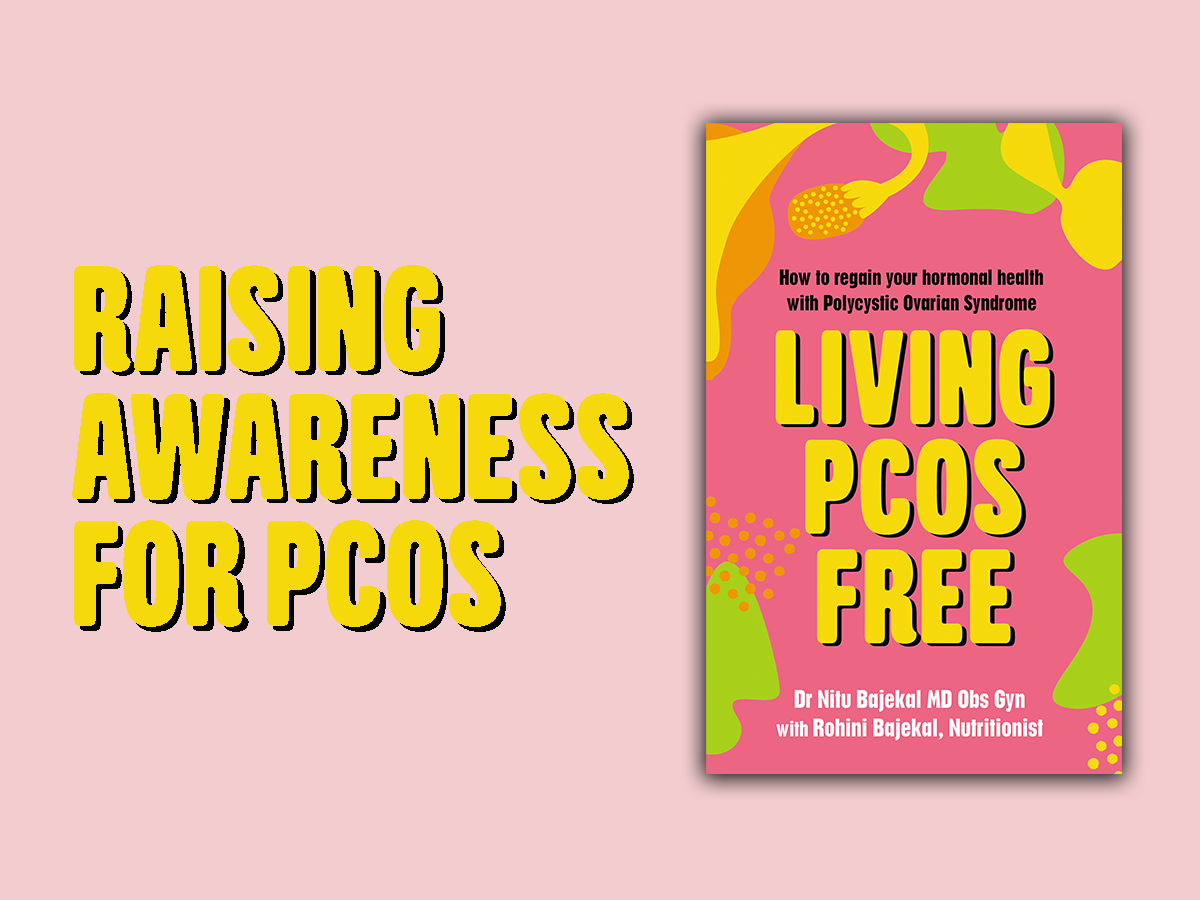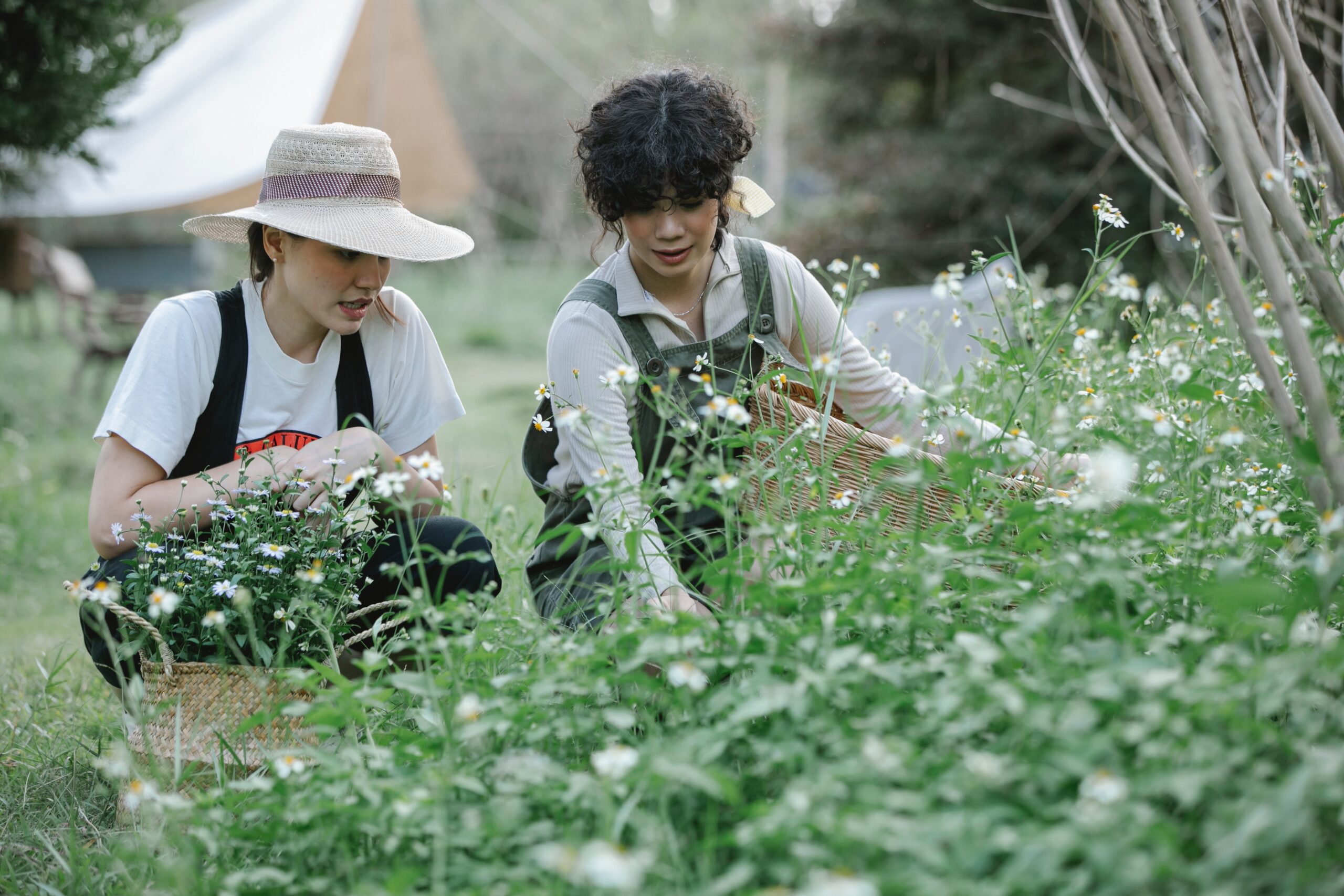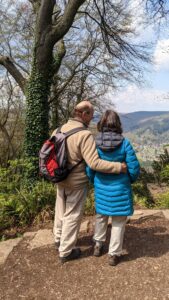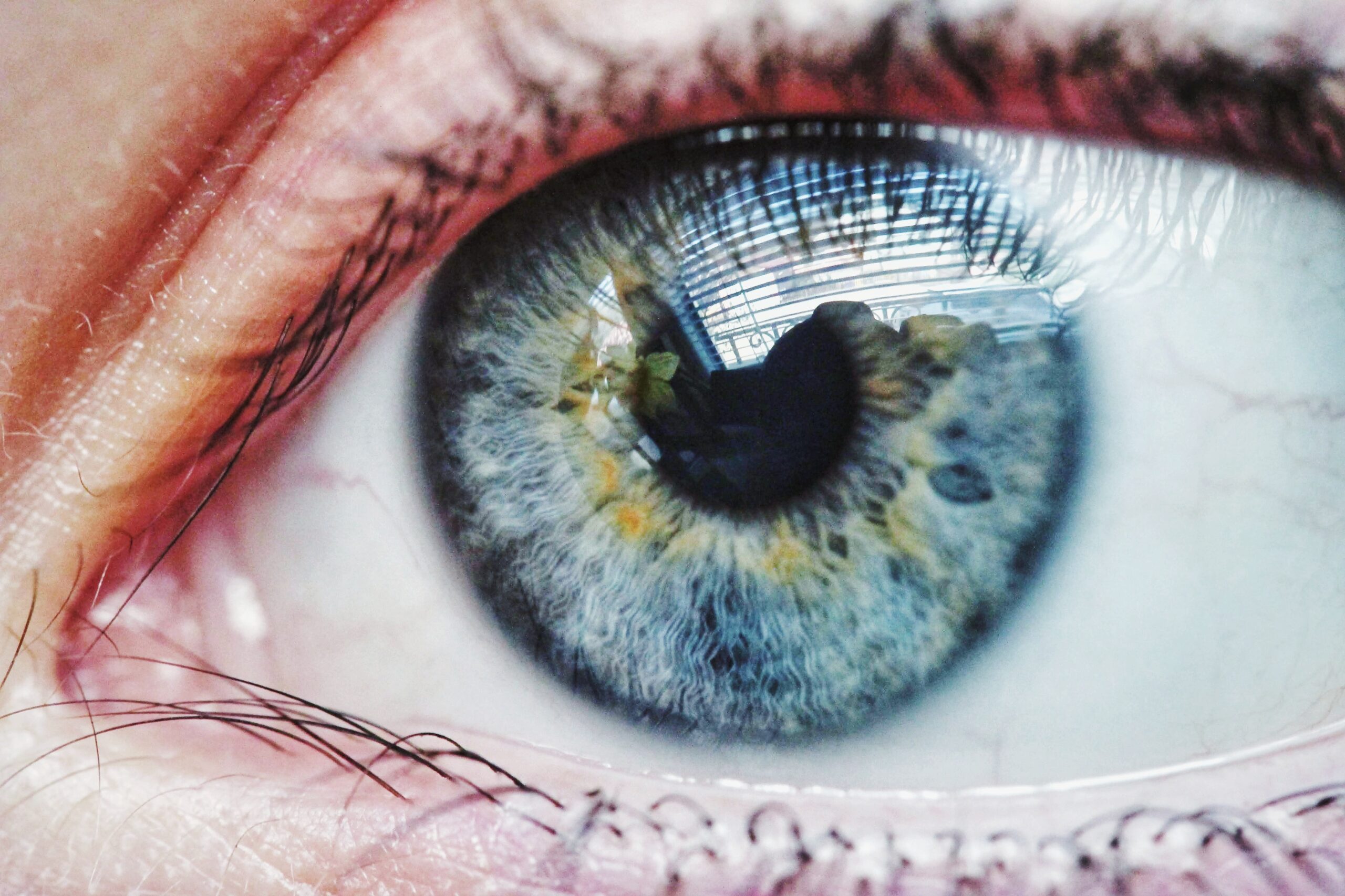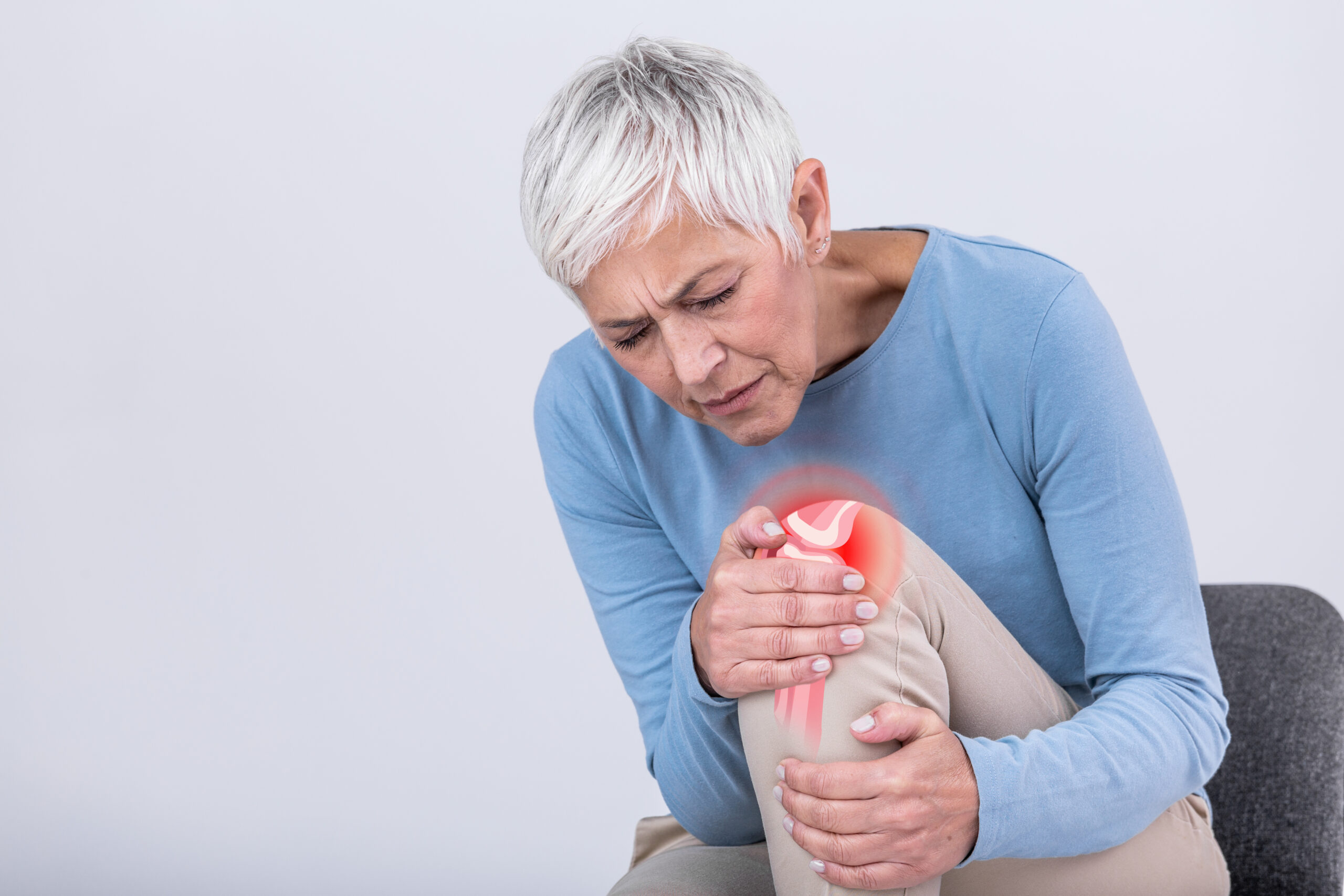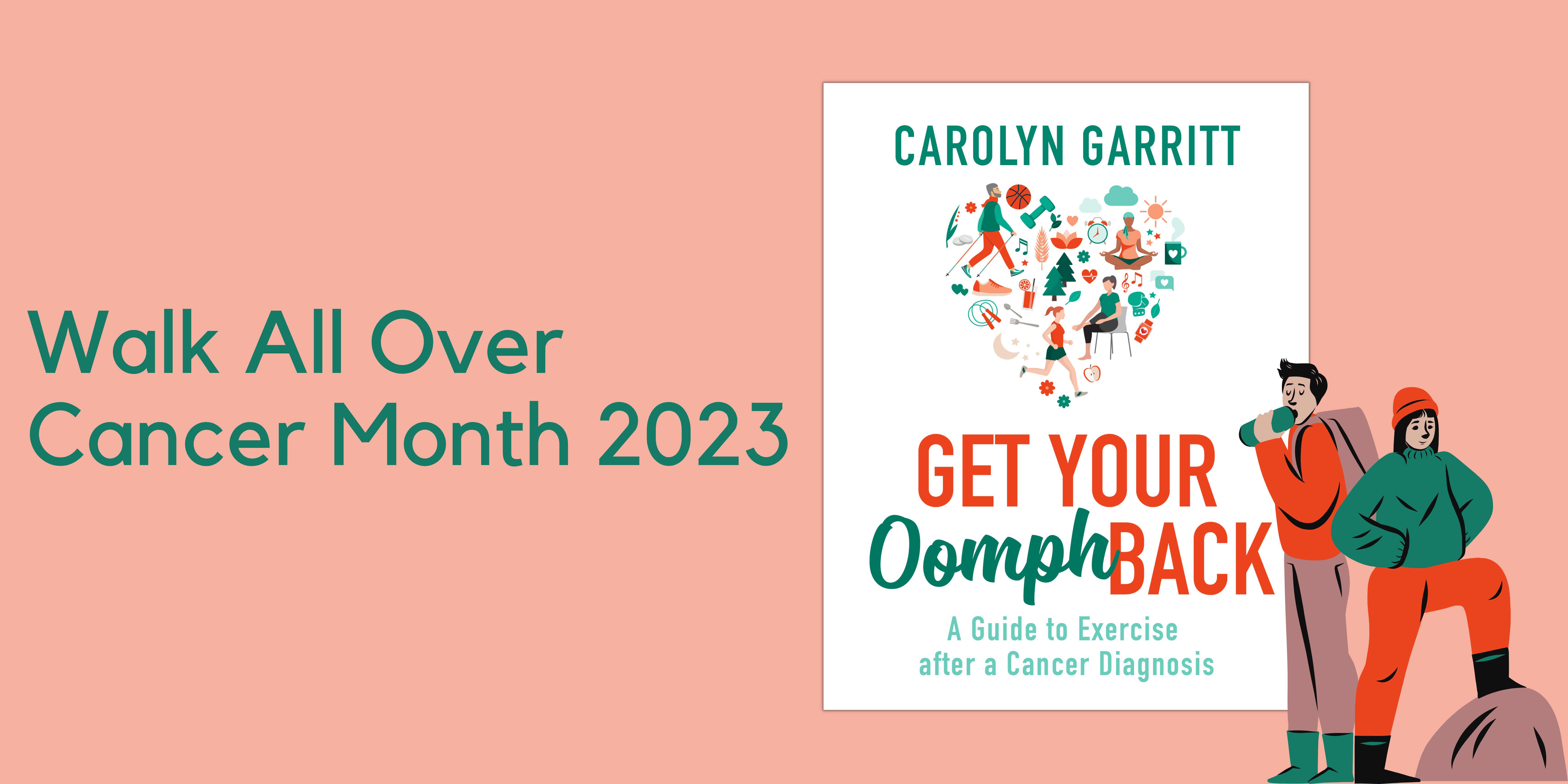
The following was written by the author of ‘Get Your Oomph Back’, Carolyn Garritt.
‘Walk all over cancer’ is an annual month-long fundraising initiative by Cancer Research UK in which the charity challenges participants to walk 10,000 steps every day through March and to raise sponsorship and awareness of issues relating to cancer as they go. There’s information about the initiative, and how you could support it here.
Walking can be a fantastic way to improve our overall fitness and sense of wellbeing, as well as an important part of charity fundraising. What many people don’t realise though, is that walking (and physical activity in general) can also be a powerful part of treatment and recovery for those of us who have had a cancer diagnosis.
Exercise and cancer
Historically when people were undergoing cancer treatment they were advised that ‘rest is best’. It was assumed that physical activity might make patients too tired, particularly as they underwent radio and chemotherapies, which are known to cause fatigue, along with a whole host of other side effects.
Steadily over the past twenty years or so this caution has been disproved and what has emerged is a powerful body of evidence that shows that exercising, right from the day cancer is diagnosed then through treatment and afterwards, can help cancer patients in many ways and for the rest of our lives.
Being active after a cancer diagnosis (regardless of activity levels beforehand) has been shown to reduce our risk of the cancer coming back. Some clinical studies have shown that risk of recurrence could be lowered by as much as 40%. Yep – four zero. This is significant, so much so that some studies now recommend that exercise should be considered part of the cancer treatment itself.
As well as reducing the risk of (primary) cancer coming back, exercise can help to slow down the development of secondary cancers. It can help alleviate many of the myriad side effects from cancer treatments and can offer some pain relief and mental and emotional support for those towards the end of life.
Increasingly cancer patients are aware of the benefits of physical activity but are often unsure how to start. I wrote my book ‘Get Your Oomph Back’ to explain just how they might, based on my work as a cancer exercise specialist and on my own experience of breast cancer.
Start with walking
For many, myself included, it starts with walking. It’s such a fundamental, functional activity, and it’s accessible and free. Walking can help our heart and lungs to recover their fitness and capacity after a period of illness or inactivity. Walking is a weight bearing activity, so it can help us to protect our bone density – which is often reduced by cancer treatments.
Walking, especially in nature, can help to calm the mind and blow away cobwebs that build up during the weeks and months of treatment. The book contains some suggestions about how we can make going for a walk more mindful, which may help us to feel a little less anxious.
Walking uses the muscles in our buttocks and legs, which are very often weakened by a period of inactivity. As a result of their cancer treatment, many people lose muscle mass from their limbs, and at the same time they gain fat around the torso. Walking can help offset both.
Now, cancer treatment itself is rarely a walk in the park. As a trainer I often recommend people try to walk a mile a day, if they can, but some people find that their treatment, particularly chemotherapy, can be so arduous that walking becomes very difficult. I have worked with several people for whom walking to the end of their street was a challenge. It’s important that everyone feels they can start from whatever point they need to and build up their activity levels gently.
Meet Sarah
Sarah was diagnosed with stage 4 ovarian cancer in her early fifties and is one of my personal training clients. Her initial cancer treatment was tough going. Immediately after diagnosis she developed blood clots, a complication caused by the cancer, that left her without the breath or energy to move very much at all. At some points early in her chemo, she could not walk to the post box at the end of her street – in fact I remember her showing me a photo of the day she jubilantly made it there and back.
Because her cancer was stage 4, she will probably be on some form of cancer treatment for the rest of her life. She has an impressive attitude towards exercise and how she is caring for herself, that I think we can all learn from – I certainly have. She knows that she may well have to have more drugs, more chemo and she knows how tough they can be. So she is determined, to use her words, ‘to be match fit’ when that time comes. Although it hasn’t been easy, she is currently fitter than she remembers ever being even though she’s still dealing with significant side effects from the treatment she’s had so far.
From walking just the length of her street, Sarah has steadily built up and a few months ago she walked her first parkrun. She’s currently about halfway to her first parkrun ‘milestone’ – recognition of progress once she has completed 50 of the weekly 5km events. And she’s getting faster. She has gone from post box to parkrun to PB and doesn’t appear to be stopping any time soon.
Sarah is currently undertaking a challenge to walk a total of 100kms during March, as a fundraiser for an ovarian cancer charity. More info here: www.justgiving.com/fundraising/sarah-winmill
How walking can be even better – add poles
Nordic walking (walking with poles that you use for momentum) is an incredibly useful form of exercise for everyone and has particular benefits for people who’ve had a cancer diagnosis. I teach Nordic walking at two of London’s Maggie’s Centres and it is as likeable as it is effective. Adding the poles means that we use the muscles in our top half as well as bottom, and Nordic walking has been shown to help us build strength and range of motion in our arms and shoulders – helpful after breast cancer.
Walking with poles burns more calories than without and so it’s useful for those trying to lose weight or body fat. It works the muscles around the torso in a way that’s gentle and doesn’t bend the back or squash the bladder – which is good for those who have back problems or cancer in the bones, and after prostate cancer and/or pelvic surgery and radiotherapy. The poles can help people whose balance has been affected, and the poles can reassure those with peripheral neuropathy in the feet, a common side effect of chemo.
But over and above, Nordic walking is an enjoyable form of walking. It is often done in groups and surrounded by nature. At Maggie’s it provides an open space for people to talk – about their cancer but also about everything else – whilst exercising. Juliet is one of my regulars who walks with me on Hampstead Heath. She refers to our Nordic walks as her ‘Monday medicine’.
There’s a step-by-step guide to Nordic walking technique in my book.
Parkwalk – habit forming
Parkrun is a global movement in which volunteers host timed 5km events in designated parks on Saturday mornings. They decidedly are not a race, and participation is welcomed across the ages and across abilities. You don’t have to run them – plenty of people walk. I tend to do a bit of both.
Parkrun events are friendly and non-competitive. Last year this intention was reinforced with the introduction of ‘parkwalk’, a campaign that provides encouragement and support to anyone who is walking and ensures that everyone feels part of the parkrun community.
This community building can really help anyone to make walking become a habit. Saturday becomes ‘parkrun day’. I highly recommend them to anyone who’s trying to walk more. They are usually at 9am on Saturdays and by 10 o’clock, you feel fabulous. More information here: www.parkrun.org.uk
Take part now
By taking part in Walk All Over Cancer, people are helping to raise funds and awareness that might ultimately benefit Sarah, Juliet and me to live and thrive as people with a cancer diagnosis, through future cancer research.
The impact is bigger than that though. By promoting walking as a form of exercise, cancer charities and organisations like parkrun are helping people to walk more and to gain the often unrealised benefits of this utterly simple, natural form of movement.
Happy walking, folks.

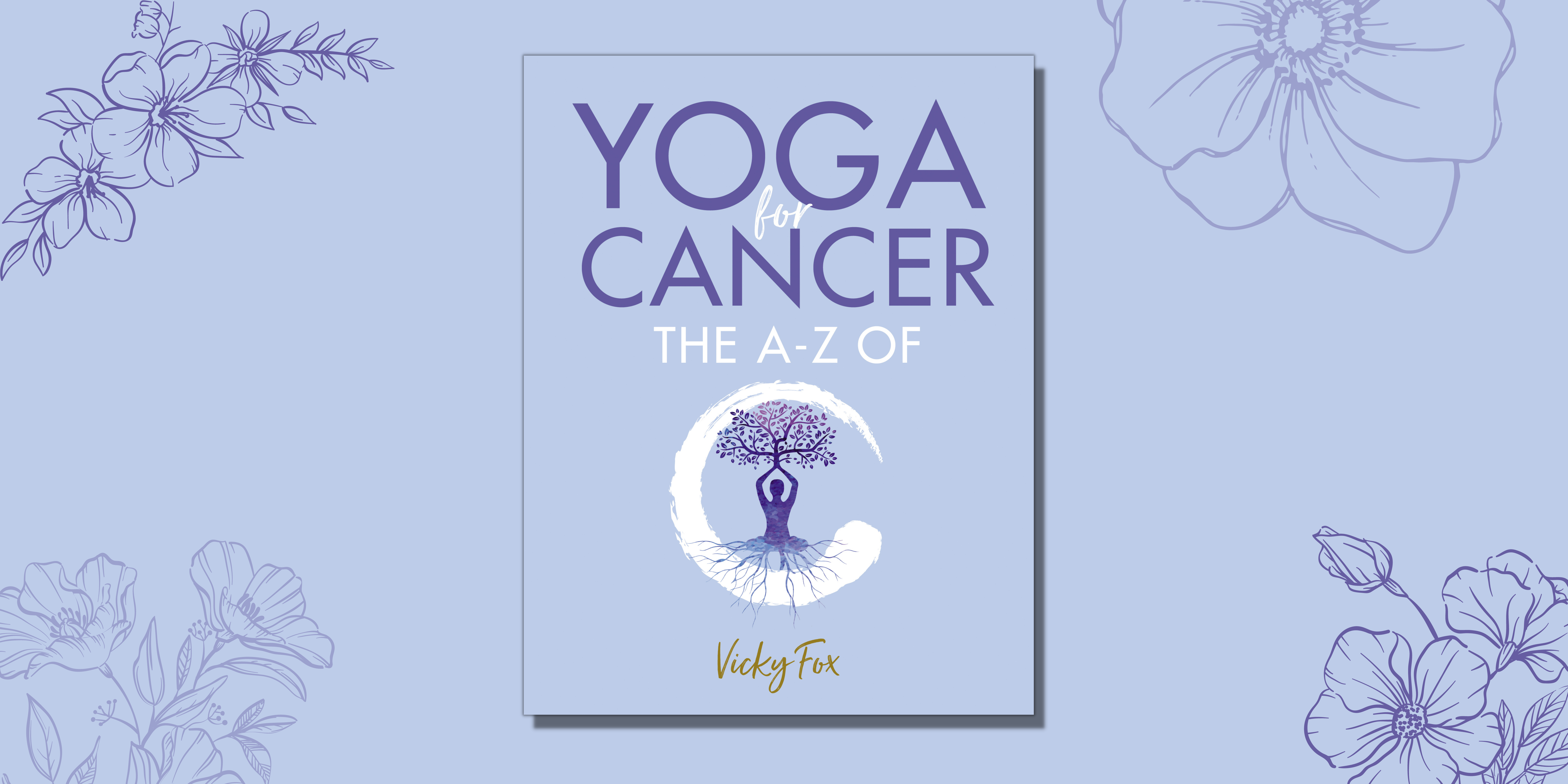
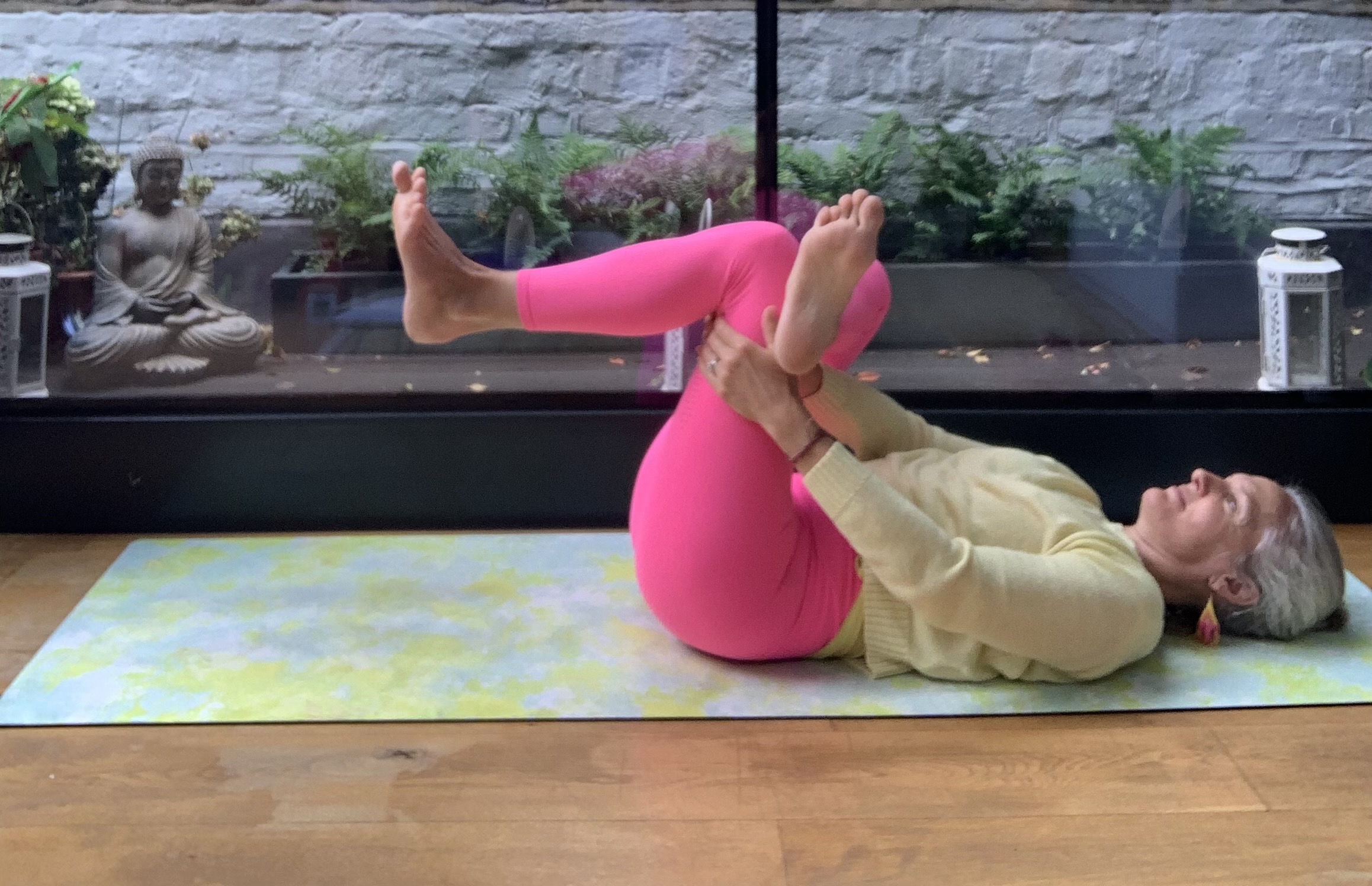
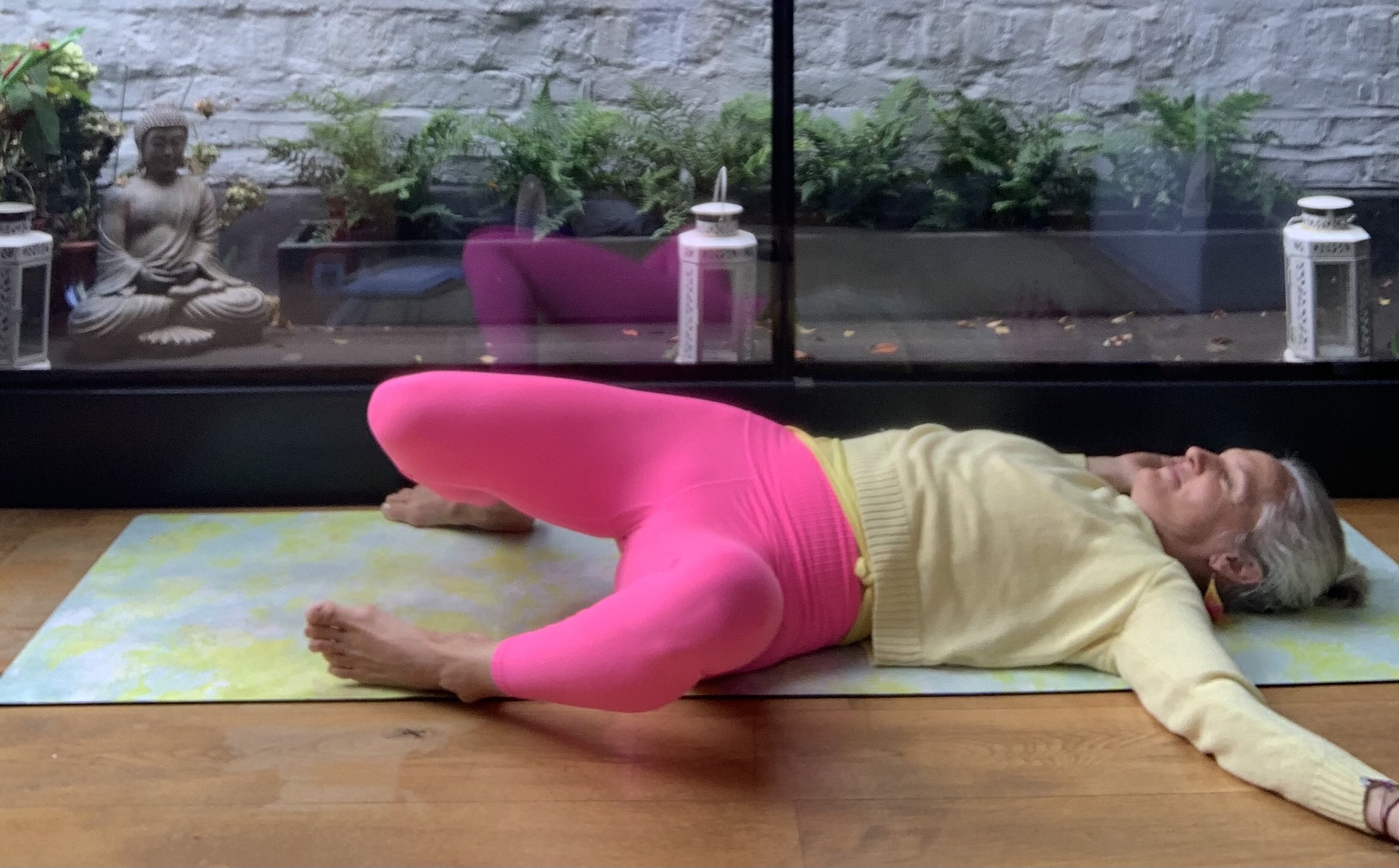
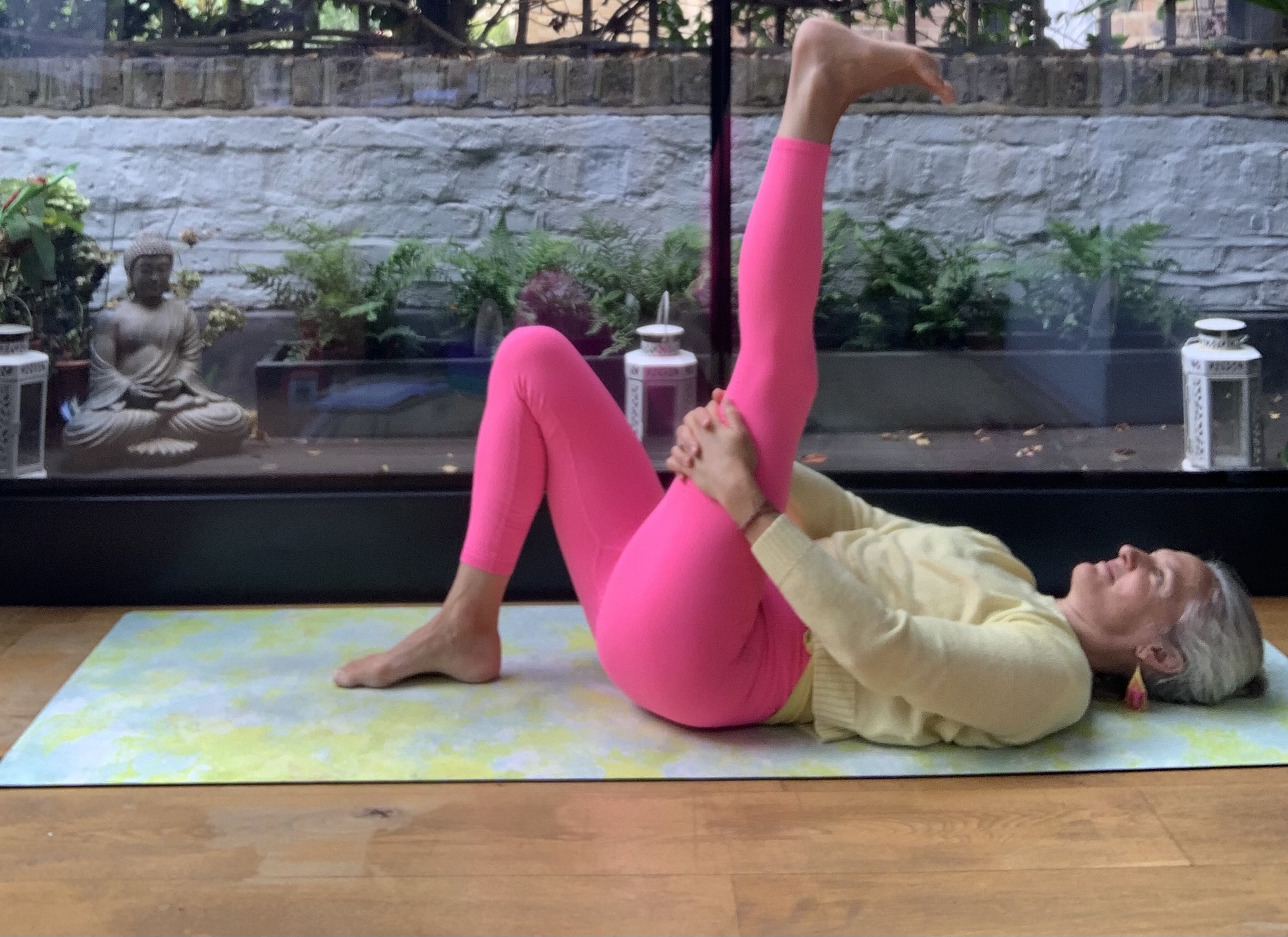
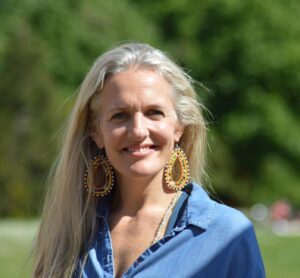
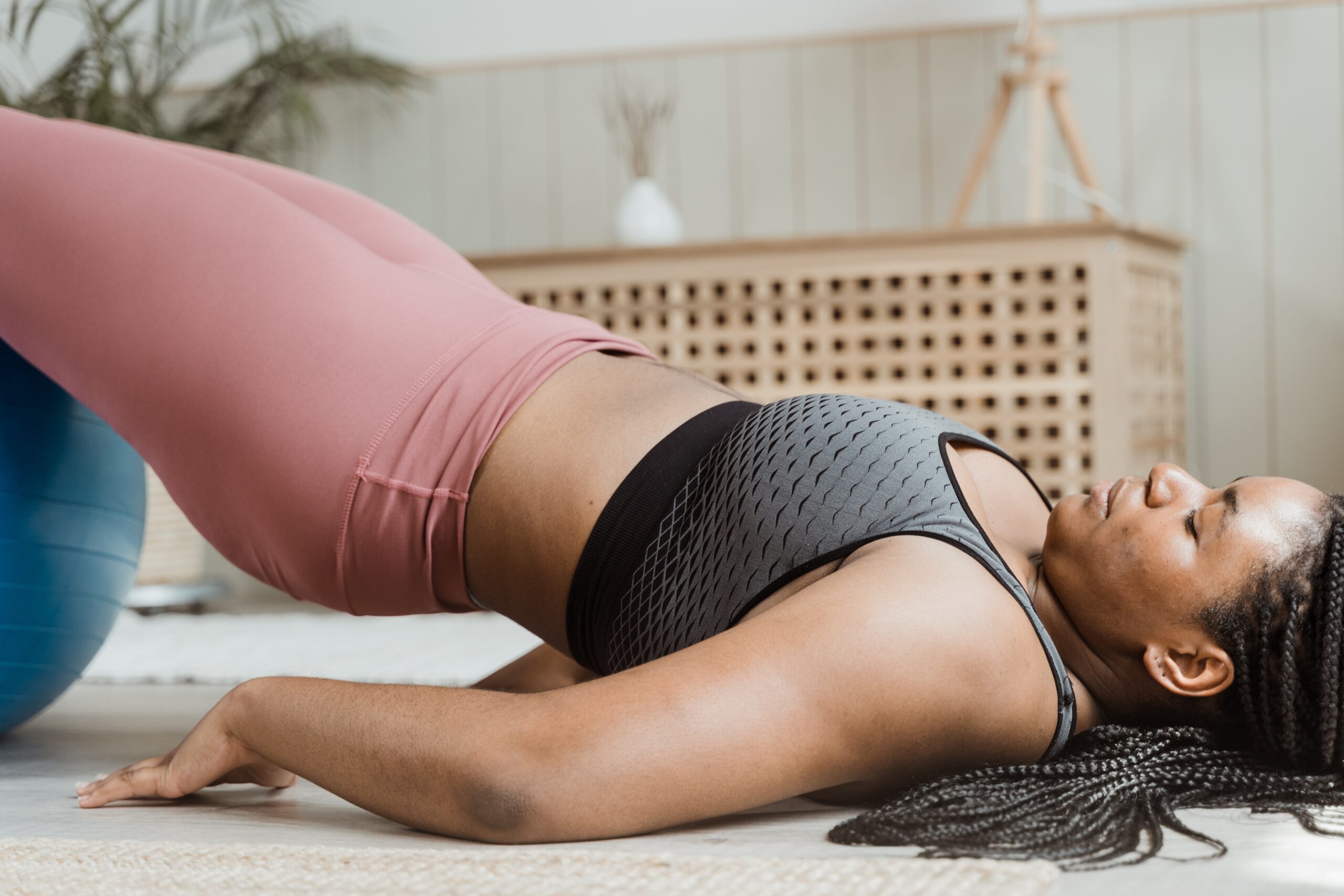
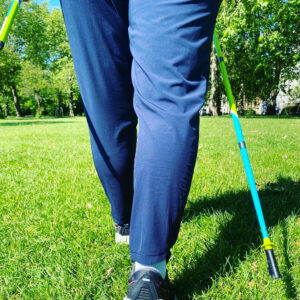 I also talk about Nordic walking – using poles – which I boldly describe as ‘perfect exercise’. It is very clever – it elevates the heart rate, gives the lungs space to work, improves the posture, protects the joints, strengthens the bones, supports the balance (pain and numbness in your feet is a common side effect of chemo). It helps reduce the risk of, and manage, a condition called lymphoedema, helps rebuild upper body strength and uses 95% of your body’s muscles.
I also talk about Nordic walking – using poles – which I boldly describe as ‘perfect exercise’. It is very clever – it elevates the heart rate, gives the lungs space to work, improves the posture, protects the joints, strengthens the bones, supports the balance (pain and numbness in your feet is a common side effect of chemo). It helps reduce the risk of, and manage, a condition called lymphoedema, helps rebuild upper body strength and uses 95% of your body’s muscles.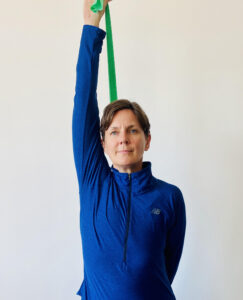
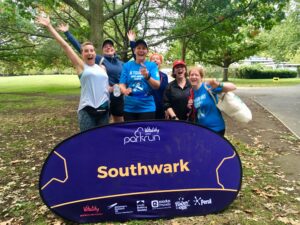 Parkrun
Parkrun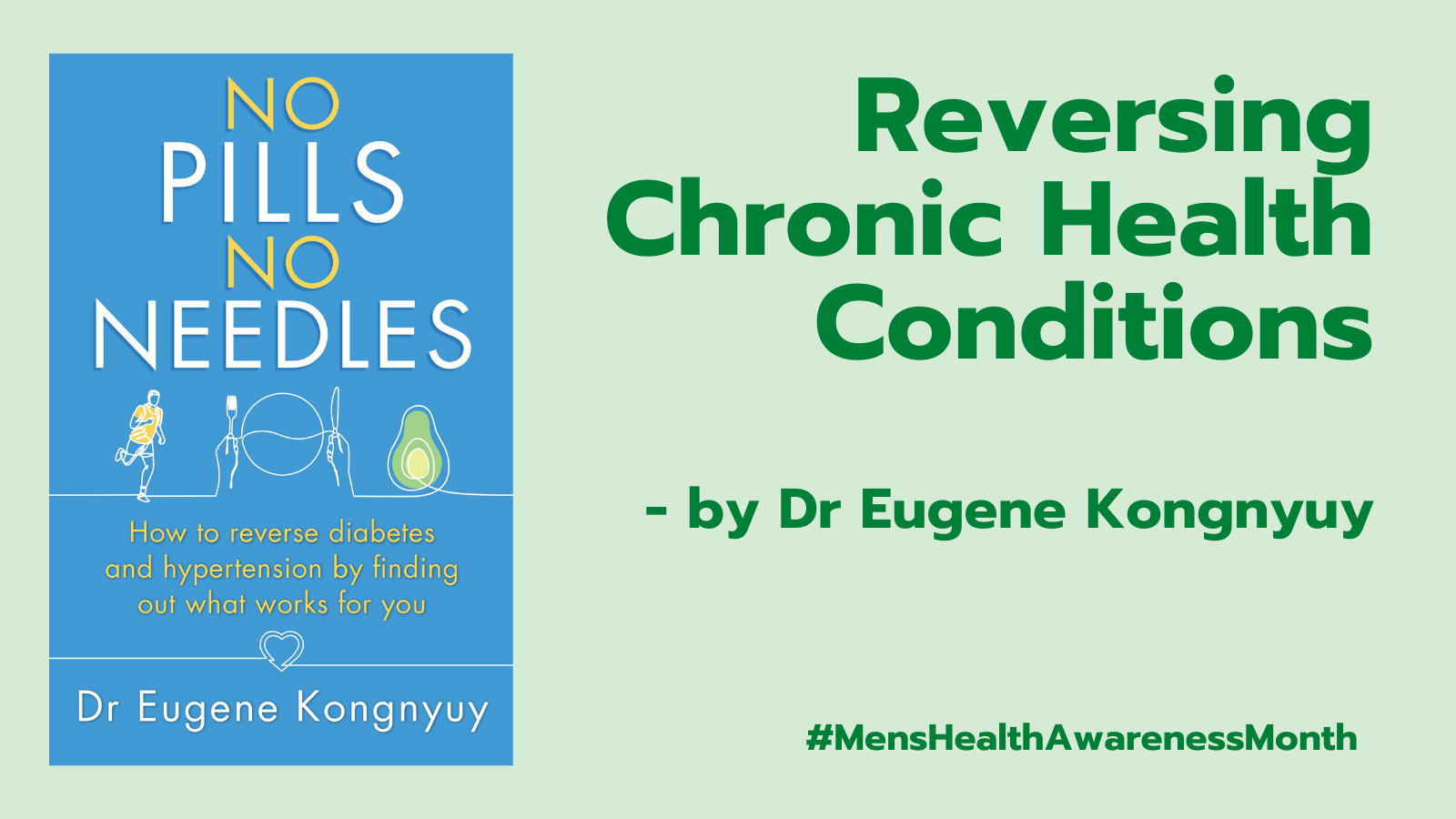
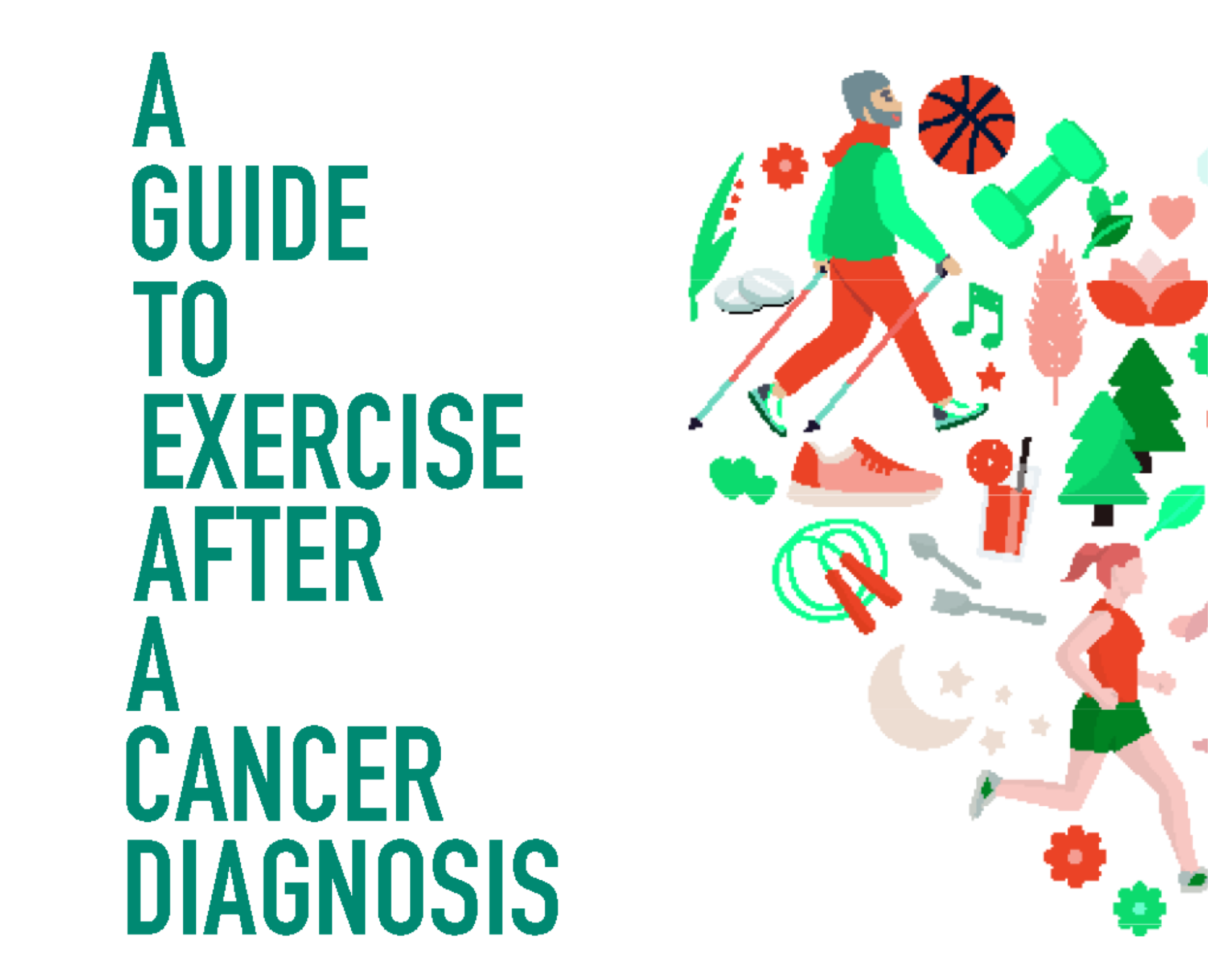
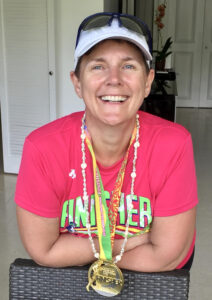
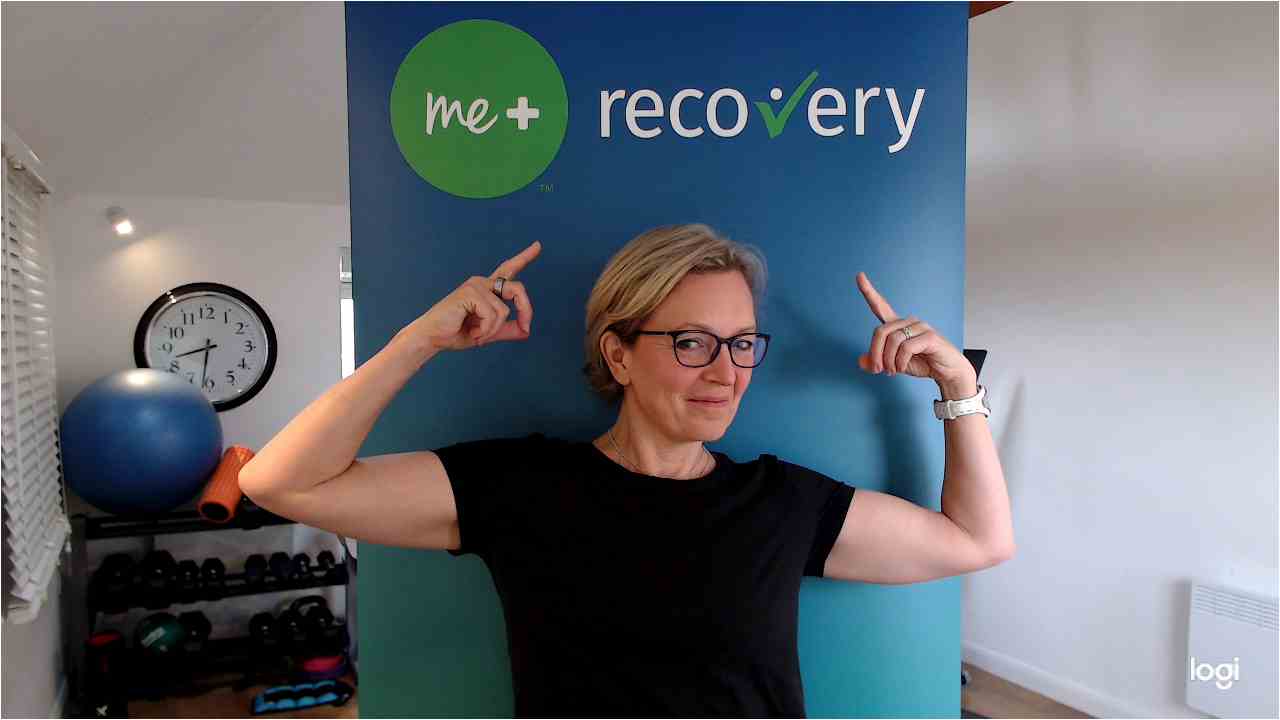
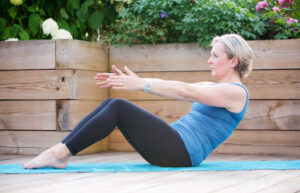
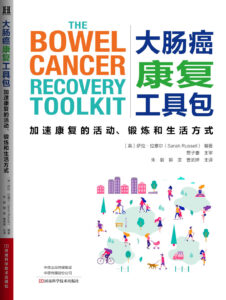 My book has just been translated and published in Chinese (a first for Hammersmith Health Books). I honestly find this mind blowing, but probably unsurprising. As it’s clearly something that’s desperately needed.
My book has just been translated and published in Chinese (a first for Hammersmith Health Books). I honestly find this mind blowing, but probably unsurprising. As it’s clearly something that’s desperately needed.
